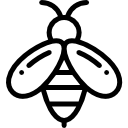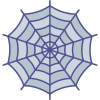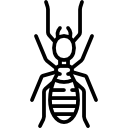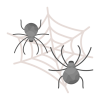Termites
What are Termites?
Termites live in big groupings known as colonies. They eat all day and night with no stops. There are several termite species in this area, but they all have similar feeding and activity behaviours. The worker termites wreak havoc on your house or company by eating away at the structural timber. Winged termites, also known as reproductive, alates, or swarmers, eventually depart to create a new colony. When the reproductive termites locate a spot that provides the moisture and food supply they require, they lose their wings and become the king and queen of a new colony.
Dampwood termites and drywood termites are two types of termites. According to entomologists, wet woodlands are home to some of the biggest termites, and they prefer to feed on damp or moist wood. Dampwood termites do not have a “worker” group; instead, they all work together as equals. Because termites like wet environments, they are more likely to be found in bathrooms or basements.
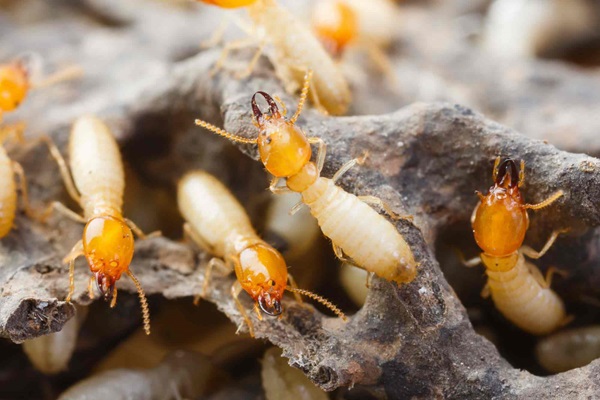
Types of Termites
About 2,972 extant species are currently described, 2,105 of which are members of the family Termitidae
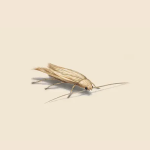
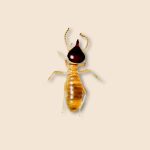
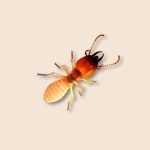
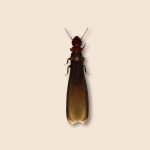
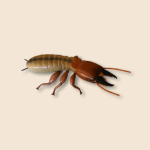
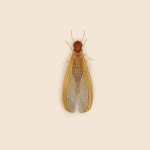
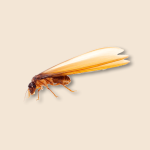
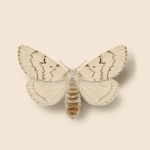
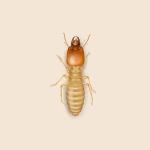
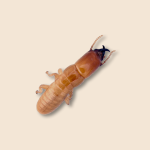
Risks Associated with Termites
Allergic Reactions
Termite excretions, known as frass or poop, can be harmful to human health. When it contacts the skin it can result in contact dermatitis. This condition is a skin reaction that results from exposure to irritants or allergens.
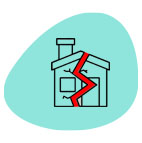
Property Damage
Outward signs of termite damage include buckling wood, swollen floors and ceilings, areas that appear to be suffering from slight water damage and visible mazes within walls or furniture. Termite infestations also can exude a scent similar to mildew or mold.
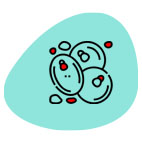
Fast-Paced Reproduction
A termite queen lays 6 to 12 eggs within a few days or weeks after mating. In the United States, most subterranean species lay fewer than 100 eggs during the first year. Egg-laying increases with time. Eventually, a queen may lay thousands of eggs in a day.
A pest free home is a happy home
We make it happen!
"Simple, Reliable, Affordable"
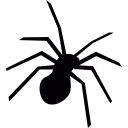
Biting
